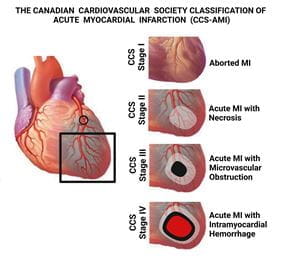The mission of the Ischemic Heart Disease (IHD) Research Program at the Krannert Cardiovascular Research Center at Indiana University School of Medicine is to better understand the progressive stages of IHD as it relates to structural, compositional and functional changes to the heart.
Led by Rohan Dharmakumar, PhD, executive director of IU Krannert and the Charles Fisch Professor of Cardiology, the Ischemic Heart Disease Research Program uses a multi-disciplinary approach to advanced imaging technologies, including magnetic resonance imaging (MRI) and positron emission tomography (PET), molecular immunopathological studies, biomedical engineering methods, multi-omics and informatics, to help inform their discoveries.
Since Dharmakumar’s arrival in August 2021, the IHD research team has made headway in a few key areas to advance translational research. First, the team discovered that iron
drives the formation of fatty tissue and leads to chronic heart failure in about half of heart attack survivors.
 This IHD research was a catalyst for the Krannert Biennial held in May 2023, where 20 world renowned cardiovascular experts came to Indianapolis, to discuss the mechanisms of myocardial infarction and reperfusion injury, the therapies that exist; and tissue injury and inflammation in heart attacks.
This IHD research was a catalyst for the Krannert Biennial held in May 2023, where 20 world renowned cardiovascular experts came to Indianapolis, to discuss the mechanisms of myocardial infarction and reperfusion injury, the therapies that exist; and tissue injury and inflammation in heart attacks. Building on the knowledge of heart muscle damage, an expert panel pf cardiovascular specialists, including IU Krannert investigator, Keyur Vora, MD, Michelle Graham, MD, president of the Canadian Cardiovascular Society, Andreas Kumar, MD, from Northern Ontario School of Medicine and Dharmakumar, set out to develop guidelines for the cardiovascular profession.
In October 2023, the Canadian Cardiovascular Society (CCS) became the first cardiovascular society to adopt the four-stage classification of acute myocardial infarction they developed. The classification establishes the essential framework needed for new therapies to be developed to improve patient outcomes.
